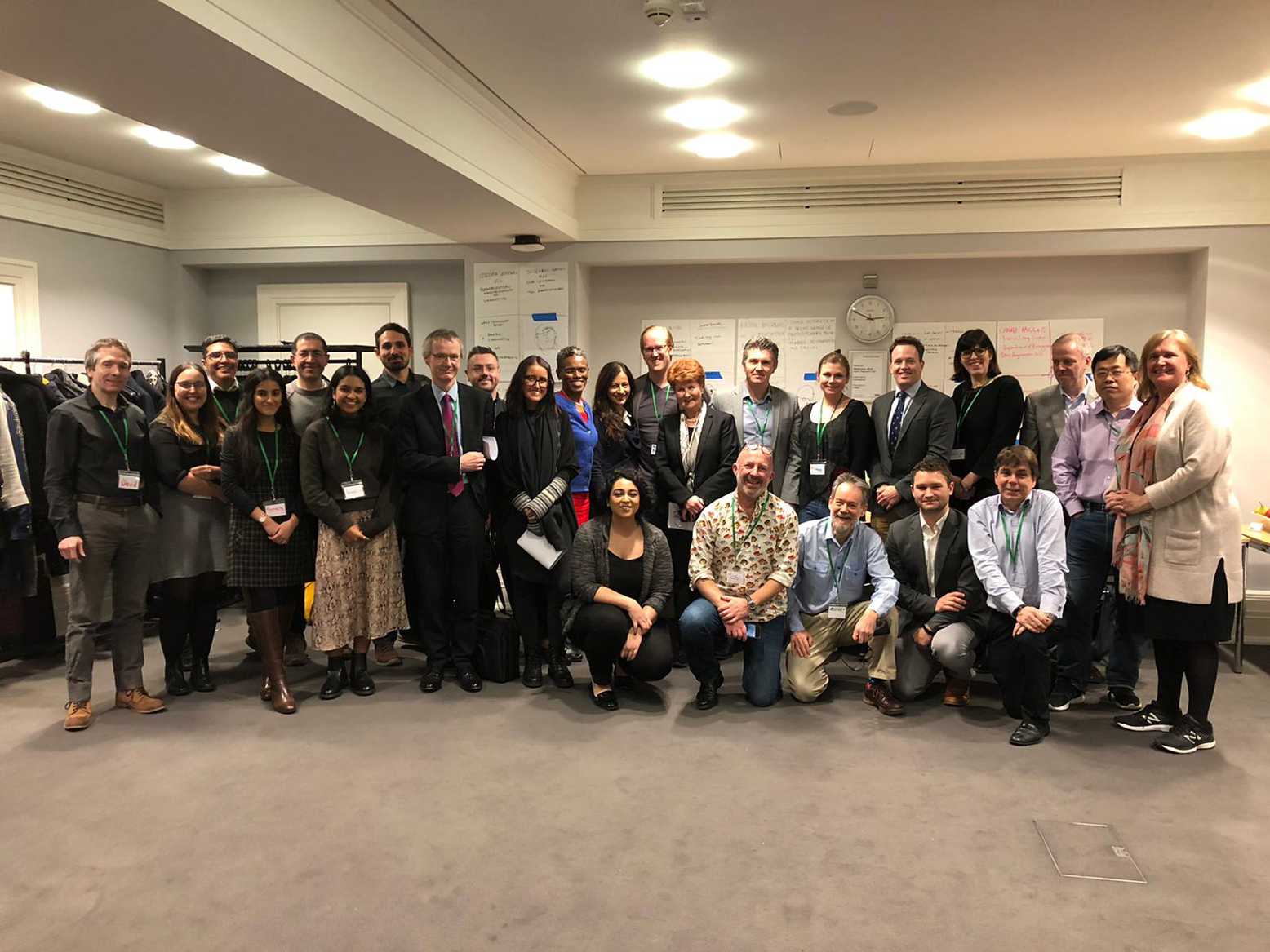Collaboration is Key: Developing a New Diagnostic Tool for Scleroderma
“We are limited by current assessment tools such as the skin score, which is limited by subjectivity, as well as the time needed for training and standardisation. We need to make sure that new treatments are evaluated in the best and most robust way so that we can make more progress and discontinue approaches that do not work.” Prof. Chris Denton
“We are limited by current assessment tools such as the skin score, which is limited by subjectivity, as well as the time needed for training and standardisation. We need to make sure that new treatments are evaluated in the best and most robust way so that we can make more progress and discontinue approaches that do not work.” Prof. Chris Denton
SRUK has huge ambitions to improve lives through research. In what has been a challenging year, SRUK has pioneered an innovative approach to accelerate research within key research strategy areas, funding two projects which will develop new skin assessment tools which could be of benefit in both diagnosis and precision medicine.
The modified Rodnan Skin Score (mRSS) is a measure of skin thickness commonly used to assess the skin in scleroderma and as an outcome measure in clinical trials to determine whether new therapies work. To obtain the mRSS clinicians use callipers to take skin thickness readings across the body. This relies heavily upon clinical judgement meaning that different readings can be obtained on the same patient by different doctors. Clinicians must therefore undergo extensive training in this technique. But what if a device which is easier to use and provides an objective measure of the skin could be developed to diagnose and monitor scleroderma?
To realise this ambition SRUK hosted ‘The SRUK Hackathon,’ a three-day event involving clinicians and scientists, to produce ideas for new, alternative devices to assess the skin. SRUK was not alone in this endeavour, having formed an innovative partnership with the Engineering and Physical Sciences Research Council (EPSRC)*. This partnership proved invaluable, from helping us identify the relevant engineers to invite through to assisting with the assessment process and co-funding one of the projects awarded. Participants were encouraged to consider the following in their designs:

Twenty-four clinicians and scientists from diverse backgrounds including engineering, computer and biomedical sciences attended. Participants formed teams to develop ideas with guidance from two individuals living with scleroderma.

On the last day, teams presented their ideas to an expert panel, and it was decided whether to invite them to submit grant applications to SRUK for expert review and assessment by a ‘virtual’ panel in July 2020. Two projects were awarded funding in the region of £120,000. The EPSRC remained involved after the Hackathon, and even co-funded one of the projects.
Team ‘SCIDEX’, led by Dr Benjamin Almquist at Imperial College, will develop a novel wearable system for real-time skin monitoring. The device could provide doctors with information on how a patient is responding to treatment and be used for early diagnosis of scleroderma.
Team Oasis, led by Professor Peter Worsley at the University of Southampton, will develop a new skin assessment technique by repurposing existing technologies already used in other conditions. The technique is initially intended to support clinical management, but could eventually be incorporated into a wearable device for patient self-monitoring.
Fast-forward to the time of writing and like so many others over the past year, these exciting projects have been impacted by delays caused by COVID-19. We look forward to reporting on the development of these two innovative projects and their impact in scleroderma and possibly beyond.
